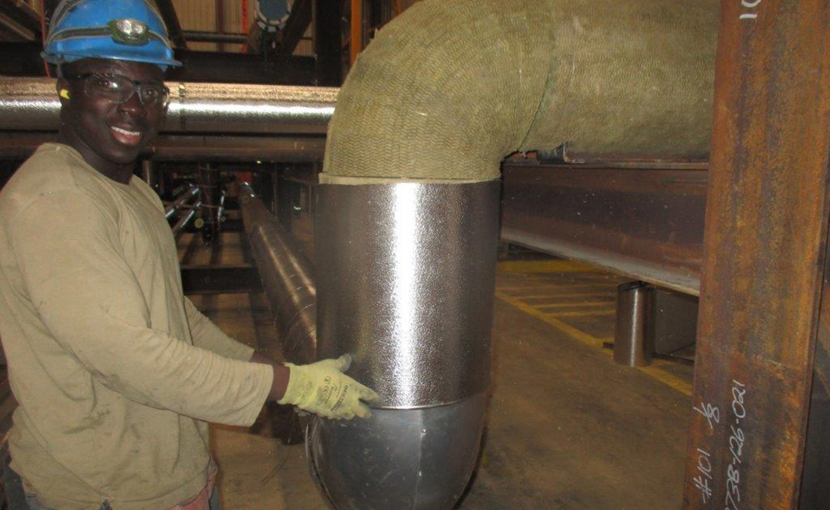Insulator (Heat and Frost)
Insulators (heat and frost) apply, remove and repair thermal and acoustical insulation (for example, calcium silicate, glass foam, mineral wool, styrofoam, fibreglass) on all types of industrial equipment (for example, duct piping, heat exchangers, tanks, vessels).



